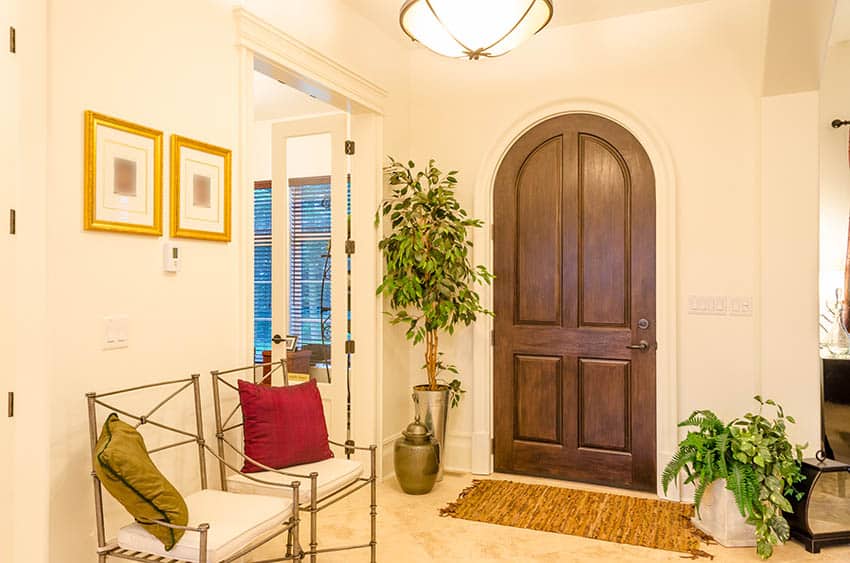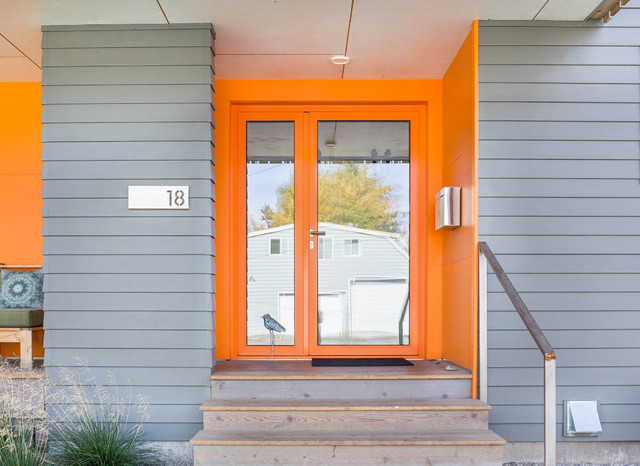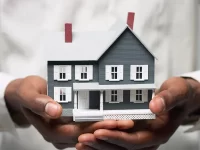Resistance of doors

Generally they are the cheapest doors, this changes according to the finish and type. The structure of a laminate door is hollow-core, i.e. constituted by a perimeter structure of the blockboard door that surrounds an internal honeycomb structure. The surface generally consists of a layer of water-repellent mdf (a very moisture-resistant material) covered with an additional layer of laminate that reproduces the desired finish. The protective layer from which the laminate interior doors are formed makes them particularly resistant to scratches and bumps, allowing them to maintain their shine much longer than other materials. The laminate, in fact, does not allow water or any other liquid to penetrate under the surface layer fire rated door.
Furthermore, the internal laminate doors are among the most hygienic on the market. Bacteria need nourishment and moisture to proliferate, which is impossible on a material such as laminate, which has a surface sealed so tightly that dirt cannot penetrate it. The interior laminate doors are stable to light and resist UV rays, the color of your door will not change over time but will always remain uniform and homogeneous.

These doors have a high resistance to stains, due to the texture of the surface. The layers of sheet, from which the lamination is created, are moistened in polishes prepared of making the surface waterproof, consequently the dirt slips and does not creep into the underlying layers. Interior laminate doors have antistatic properties, i.e. they do not attract dust. The volatile particles present in the air will not settle on your doors, but will flow away almost without touching them. A non-negligible quality, especially if there are children or allergy sufferers at home.
If you like classic style doors, you may come across numerous pantograph door models. What does it mean? The pantographed doors are characterized by a special door processing that creates bas-reliefs of different thicknesses. The incision made with the pantograph can be light or more marked, delicate or very evident.
Thanks to this technique it is possible to create many different types of decoration and therefore give the door a precise and original style. The design is reproduced on digital support and transmitted to the machine, which faithfully reproduces it on the wooden support. This process is used on both external and internal doors, both for doors ready for delivery and for custom-made doors, for which it is possible to provide a customized design.








